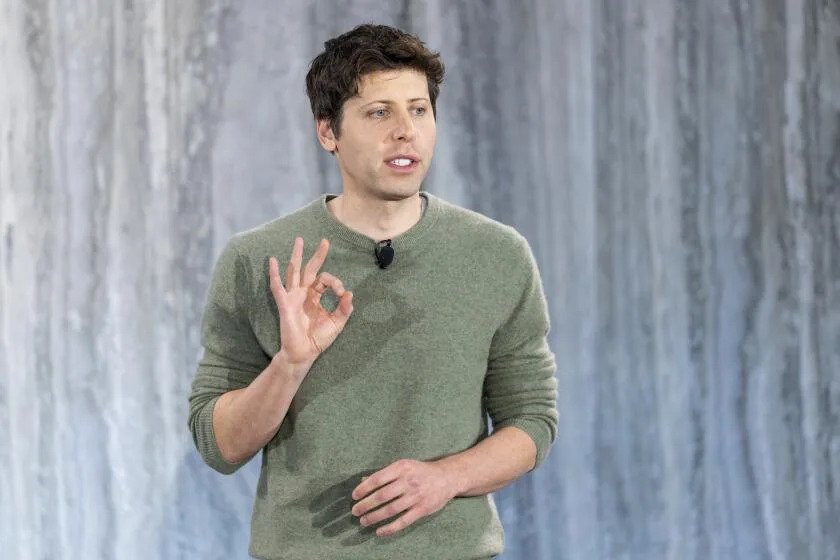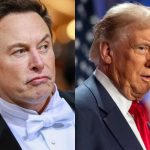By The Malketeer
OpenAI, a trailblazer in the artificial intelligence (AI) industry, recently experienced a tumultuous five days that ignited heated debates about the future of AI. The power struggle within the company not only brought attention to the growing divide between those advocating for AI innovation and those prioritising safety but also thrust CEO Sam Altman into the spotlight, making him more famous – and powerful – than ever before.
The rollercoaster began with the abrupt firing of Sam Altman by OpenAI’s board, citing vague concerns about his lack of consistent candor. This move sent shockwaves through the company, reminiscent of dramatic TV shows like Succession and Game of Thrones.
The situation escalated as the majority of OpenAI’s workforce signed an open letter threatening to leave the company in support of Altman, who had found a new home at Microsoft alongside co-founder Greg Brockman.
In an unexpected twist, OpenAI announced Altman’s reinstatement as CEO, accompanied by a significant reshuffling of the board. The sudden ouster and subsequent return fuelled speculation and rumours about the underlying reasons, with the workforce demanding transparency. The prevailing theory suggested a clash over the company’s direction, indicating concerns that OpenAI had veered from its core principles to prioritise commercialisation over safety.
Reports revealed that OpenAI researchers had warned the board about a potentially risky technological breakthrough before Altman’s dismissal, adding credence to the theory of a divergence from the company’s original purpose.
The board’s actions triggered an unprecedented show of solidarity from within the company, showcasing the significant influence and support Altman held among his peers.
The incident highlighted a deepening schism within the AI industry, emphasising the tension between those pushing for commercialisation and those prioritising safety and alignment. The episode prompted journalist Casey Newton to observe the unfortunate polarisation on social media, where it seemed to devolve into “Team Sam versus Team Safety.”
Altman’s reputation, already subject to comparisons with Steve Jobs for his unconventional leadership, became more polarised. Supporters hailed him as a visionary essential to the technological Golden Age, while critics labelled him a potentially dangerous executive wielding unchecked power.
The comparison to Jobs was strengthened by Altman’s swift return to OpenAI, echoing Jobs’ comeback to Apple after years of debate over the company’s future.
The OpenAI drama serves as a potent reminder that individual personalities and group loyalties can significantly influence society’s relationship with AI.
AI expert Karman Lucero notes that the incident exemplifies the intertwining of political power and choices with technological innovation in shaping the future of AI.
However, cautionary voices warn against reducing the future of AI to the actions of a single executive or company. Forrester principal analyst Jay Pattisall emphasises the need for a collective effort involving companies, governments, regulatory authorities, and legal systems to define best practices, pass regulations, enforce laws, and determine liability.
OpenAI’s five days of chaos underscore the intricate dynamics shaping the AI landscape. The lessons learned emphasise the delicate balance between innovation and safety, the significance of transparent leadership, and the collective responsibility of various stakeholders in navigating the complex future of AI.
The incident serves as a case study, prompting the industry to reflect on the broader implications of internal conflicts on the evolving AI landscape.
MARKETING Magazine is not responsible for the content of external sites.










